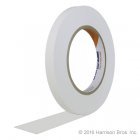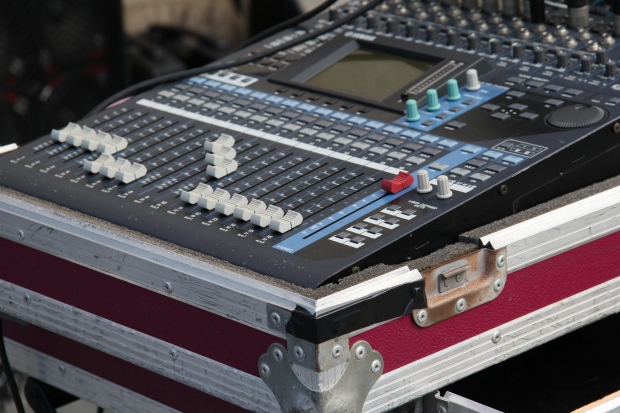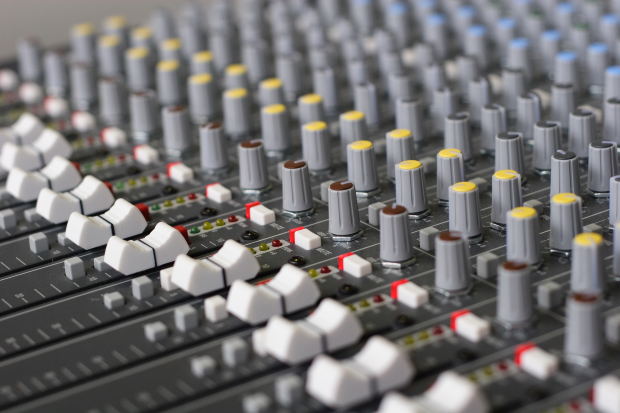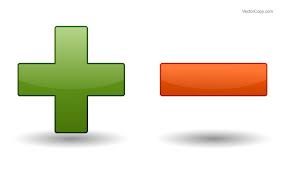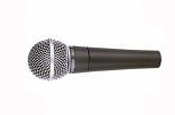
One of Shurtape 724‘s best features when used for console labeling can also be one of its worst. I am talking about the downside of low tack adhesive that makes tape easy to remove.
That easy removal can sometimes mean that the tape decides to start releasing itself from the console before you are ready to remove it. Once the edges begin to peel up, no matter how many times you re-stick it, it will never hold like it did the first time you put it on. That can be irritating.
Try this. Instead of just stretching the tape from one edge of the mixer to the other, tear a strip long enough to also wrap around the top edges of the console. this additional adhesion makes the tape stick better and can also make for a neater looking labeling job.
TheTapeworks.com
Voice 866-386-8335
Fax 800-327-6651
Email sales@harrisonbros.com
Harrison Bros. Inc.
47 North Chatham Pkwy.
Chapel Hill, NC 27517

